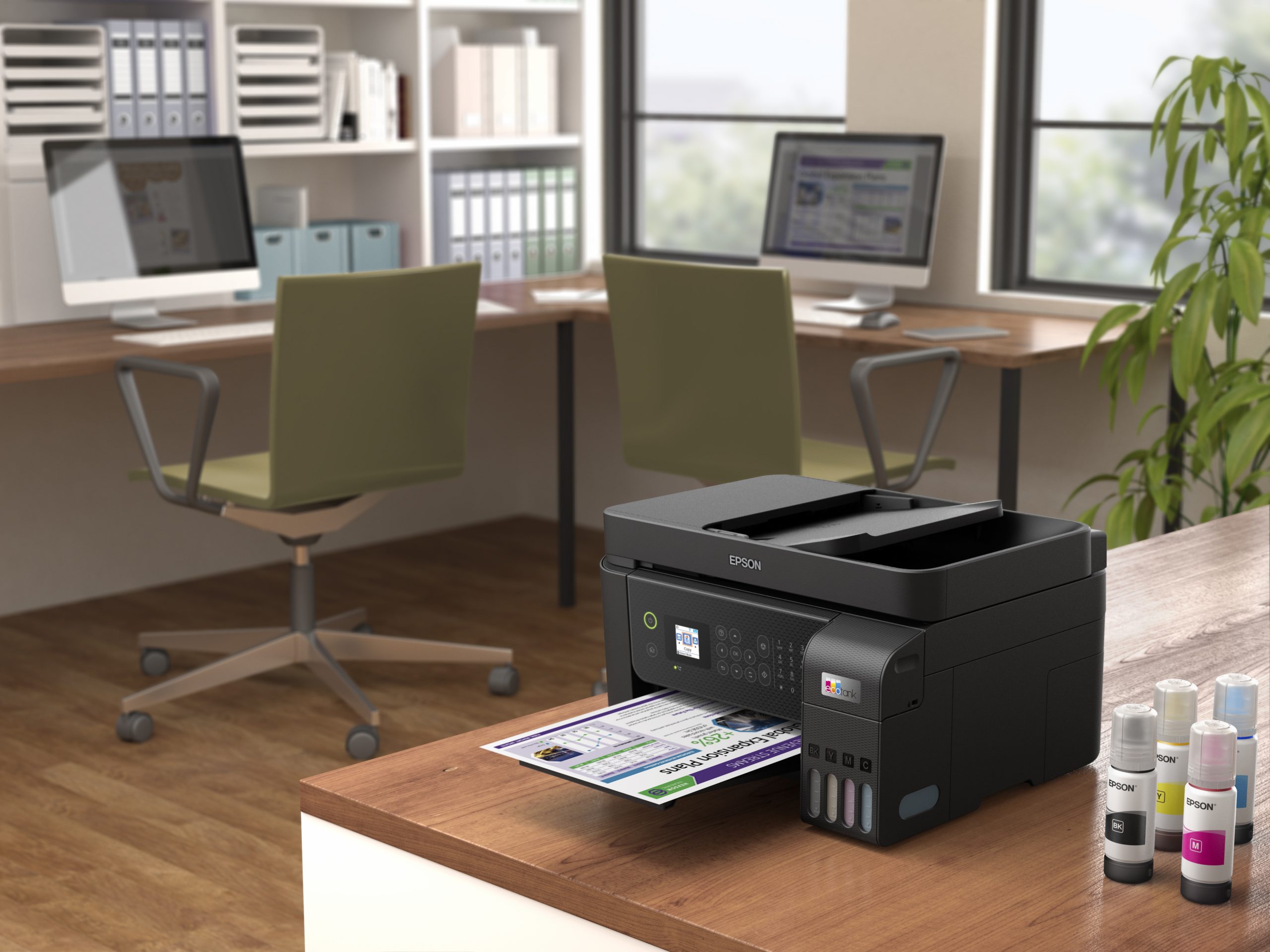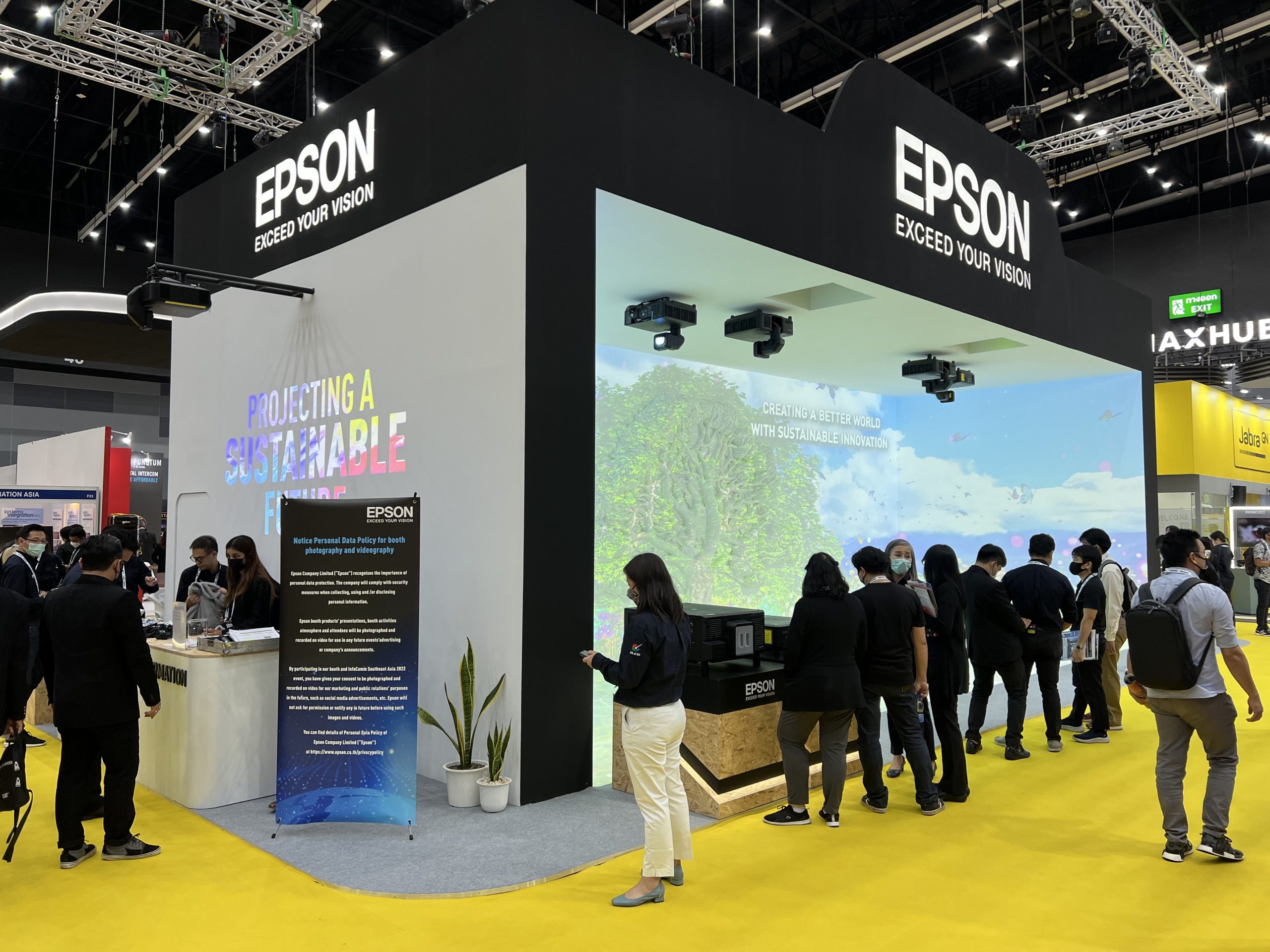Responsible Printing: Building a Better Planet with Heat-Free Technology

The forces of environmental change are very much a modern dilemma, with real-life climate threats emerging in rising temperatures, unprecedented natural disasters and potentially irreversible damage. It’s undeniable that we are facing a global climate crisis – and as consumers, businesses and governments become increasingly conscious of their environmental footprint – we are seeing a growing desire to live, work and play more responsibly, even in the smallest of actions.
One of the ways this social consciousness has manifested itself is a consciousness towards printing – green email signature footers added to the bottom of your email, reminding people to move towards digital ways of working (e.g. e-signatures on contracts and documents and automated processes).
That said, there are certain industries and professions where the traditional method of documentation is still print – for governments, and industries such as healthcare, accounting, finance and law – where essential services include the printing of confidential and secure documentation. How then can consumers, businesses and governments who wish to reduce their environmental footprint, do so while ensuring their need to print is not impeded?
Transforming the Everyday Approach of Printing, Sustainably
At Epson, we’ve chosen to make that choice essential and not an option. We’ve developed our EcoTank which has shaped the future of printing with heat-free technology allowing us to use less energy and lower power consumption with each print. With our PrecisionCore Heat-Free Technology, we’ve been able to harness innovation and redefine the printing process. Unlike traditional laser printers that require heat and a tremendous amount of energy to fuse the toner ink to paper, Epson’s Heat-Free Technology doesn’t require heat in the ink injection process. Instead, our technology applies pressure to the Piezo element, which flexes backwards and forwards, firing the ink from the printhead. By removing the need for heat, we’ve been able to emit 85% less carbon dioxide [1] compared to laser printers.
In addition to responsible emissions, by choosing to be more responsible through using Epson products, consumers can help make a difference to fight climate change. We’re focused on giving consumers the best outcome by using high-capacity ink tanks bottles, users are able to print up to 50,000 pages in mono and 50,000 pages [2] in colour respectively, without needing to replace the ink.
According to a recent case study, during the COVID-19 pandemic, Udon Thani Hospital in Bangkok was designated as the area’s vaccination center, where 140,000 people living in the Mueang Udon Thani district received their inoculations against the virus. To cope with the demands of serving 6,000 to 8,000 residents daily, the hospital prioritised the readjustment of its workflow processes, safety standards, and the management of space and resources so that the system could function at full efficiency. In doing so, they replaced 95% of their existing printers with 280 units of Epson EcoTank M3170 printers to meet the growing demand for vaccination appointment cards.
During their selection process, they found that the EcoTank provided the best value for money when it comes to cost-per-page printing and was the best multifunctional printer for its price point. When put to the test, they found that the EcoTank M3170 printers deployed by the hospital were printing up to 800 pages per day with zero downtime or issues.
Beyond productivity and efficiency, this switch will allow for significant cost savings. Previously, the hospital was spending around 5 million Baht (USD $150,000) every five years for printer maintenance costs, but after adopting Epson’s printers, the projected costs for printer maintenance costs are less than 1 million Baht (USD $30,000) in the same time span. The hospital is now able to relook their budget planning and resource management to channel their savings into lower cost benefits for patients of the hospital.
The Time to Act is Now
With environmental impact in mind, the EcoTank’s ability to minimise the replacement of ink cartridges means users contribute up to 84% less waste [3] to the environment. Made out of 30% recycled materials [4] and toxic-free substances, the EcoTank is packaged with 80% recycled cardboard consumes 50% less energy [5].
Charting our path towards a more sustainable future doesn’t always have to be done through grand actions – simply choosing an eco-friendlier option is a step in the right direction. By switching to Epson’s Heat-Free technology, businesses, governments, and consumers alike can collectively do their part to go green with sustainable printing solutions without compromising everyday productivity and efficiency.
[1] Annual CO2 output calculations were based on JEMAI-LCA Pro. Cedar tree CO2 absorption calculations were based on Japan Forestry Agency standards of 8.8kg CO2 per annum per tree.
[2] Applicable to certain EcoTank models only.
[3] Material weight comparison of consumables (including packaging) between Epson ink cartridges of WF2630 series and Epson ink bottles of L6200/5200/4200/3200/1200 & ET4800/3800/2800/1800 series.
[4] Ratio to the amount of plastic weight. The number of recycled contents and recycled material varies depending on the model, manufacturing time and site. Applicable to L6200/4200 & ET4800/3800/2800 series.
[5] Energy consumption during sleep mode comparison based on ENERGY STAR Program Requirements. For more information, visit www.energystar.gov.
Posts You May Like
Get Social With Us





0 Comments